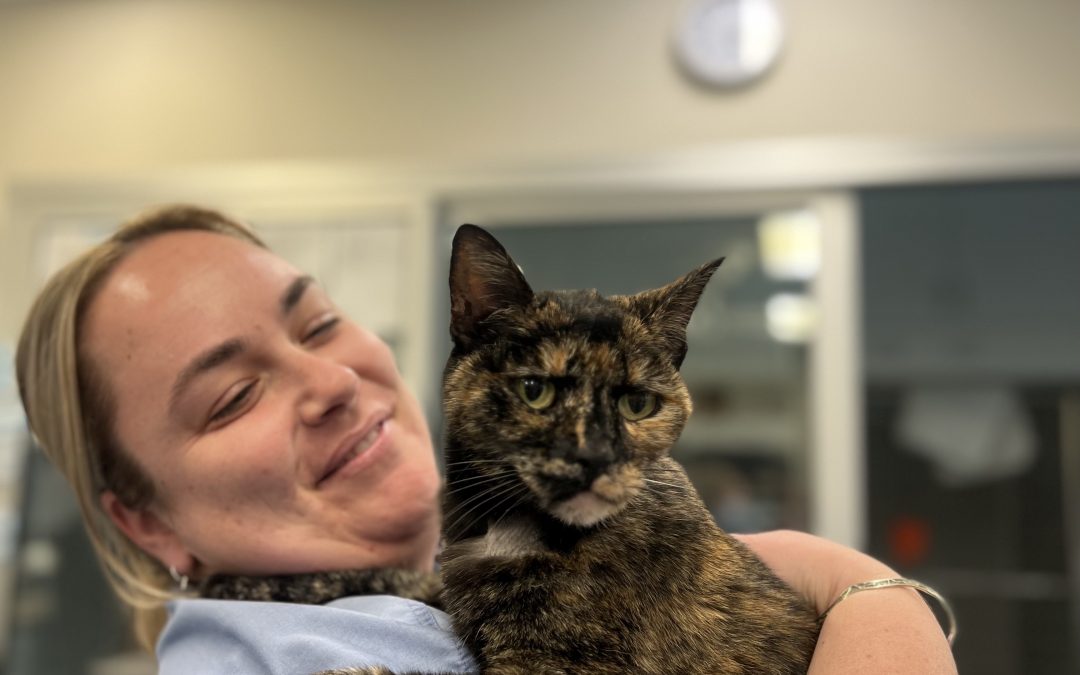
by WAVES | Jun 22, 2023 | Uncategorized
There are four ways of treating feline hyperthyroidism, each of which has different advantages/ disadvantages. These include: Medications The two medications prescribed to treat feline hyperthyroidism in Australia are methimazole or carbimazole. All these...

by WAVES | Feb 26, 2022 | Uncategorized
This is an American website provided by toxicologists who work at the American Society for the Prevention of Cruelty to Animals. Though the common names may be different to what we use in Australia, this is a useful resource to help avoid planting toxic plants in your...

by WAVES | Feb 26, 2022 | Uncategorized
Many human medications are poisonous to the non-human members of our family including dogs, cats, ferrets, rabbits and birds. Veterinarians are trained to always consider the safety of medications in different species, i.e., what is safe to give to a dog may not be...

by WAVES | Feb 26, 2022 | Uncategorized
Cycads, Sago and Zamia palms are commonly found in Perth gardens. The seeds are extremely toxic, however all parts of these palms cause toxicity and can cause liver failure and death in dogs. Clinical signs can include lethargy, depression, decreased appetite,...

by WAVES | Feb 26, 2022 | Uncategorized
Blowfish (blowies) and their toxic cousins (globe fish, puffer fish, toad fish and fugu) contain tetrodotoxin which causes paralysis after these fish are eaten by humans, dogs or other animals. The same toxin is found in blue-ringed octopus bites and fugu. The onset...

by WAVES | Feb 25, 2022 | Uncategorized
During the warmer months of the year, snake bites are a fairly common occurrence in Perth. Pet owners need to be especially careful if they live or walk their dogs in areas near bushland. Keeping dogs on a lead whilst walking through the bush, keeping the grass in...






